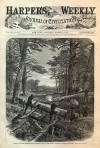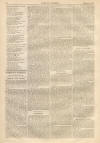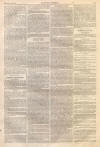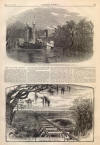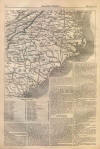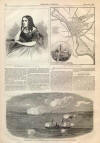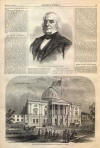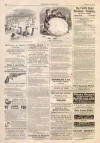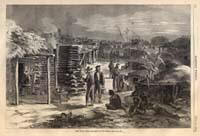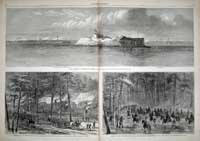Savannah River
|
|
This Site:
|
MARCH 4, 1865.] HARPER'S WEEKLY. 133 THE DOUBLE-ENDER "PONTIAC" DESCENDING THE SAVANNAH RIVER.—[SKETCHED BY B. J. S.]THE WAR IN THE CAROLINAS.GENERAL SHERMAN'S campaign, as it has been developed thus far, appears not to have been a series of battles but one of difficult marches. The pleasant promenade across the State of Georgia was not repeated in South Carolina. A wide region of swampy country had to be traversed before our armies could emerge upon the sandy tract of the uplands. An idea of the difficulties which beset SHERMAN in the first stage of his South Carolina campaign is conveyed in the illustration on our first page and on page 137. These swamp crossings, made doubly intricate by trees which have been felled by the enemy, and where our advance is not unfrequently harassed by rebel skirmishers, occurred every few miles in the earlier stage of the march. In the march from M'Phersonville the water was up to the horses' girths. As in the advance on Savannah, so in this march northward from that point SHERMAN'S movements appear to be hidden alike from the enemy's scrutiny and our own. At Richmond or at Washington there is the same ignorance of details. It is known that there are so many columns, that certain points have been reached, that in every direction KILPATRICK'S cavalry are meddling with the rebel lines of communication, but all else is in obscurity. SLOCUM'S column, which is still the left wing, began to move, January 27, toward Sister's Ferry, which is seventy miles above Savannah. The greater part of the column and all its trains were obliged to move up the Georgia bank of the river to avoid the impassable swamps on the other side. The gun-boat Pontiac covered the crossing at Sister's Ferry. The height of water in the river produced by the late freshet made Sister's Ferry a very good temporary base for SLOCUM, and the light transports at Savannah were brought into requisition for the conveyance of supplies. We give on this page an illustration of the Pontiac guarding two of these transports, the Naushon and Fountain, down the river. The scene on board these boats must have been very picturesque, as the bold shore was completely submerged and the vessels appeared to be forcing a passage through the trees and underbrush of the forest itself. The Fourteenth and Twentieth Corps of SLOCUM'S column reached Sister's Ferry January 30. After crossing the river this column occupied Robertsville. Branchville and Augusta were thus both threatened at the same time, and the enemy was divided for the defense of both. While KILPATRICK threatened Augusta, SLOCUM crossed Whippy Swamp and the eastern branches of the Combahee River, moving on Branchville. HOWARD at the same time moved from Pocotaligo on the Savannah and Charleston Railroad. On this page we give an illustration of this railroad, which conveys an idea of the nature of the country (Next Page) 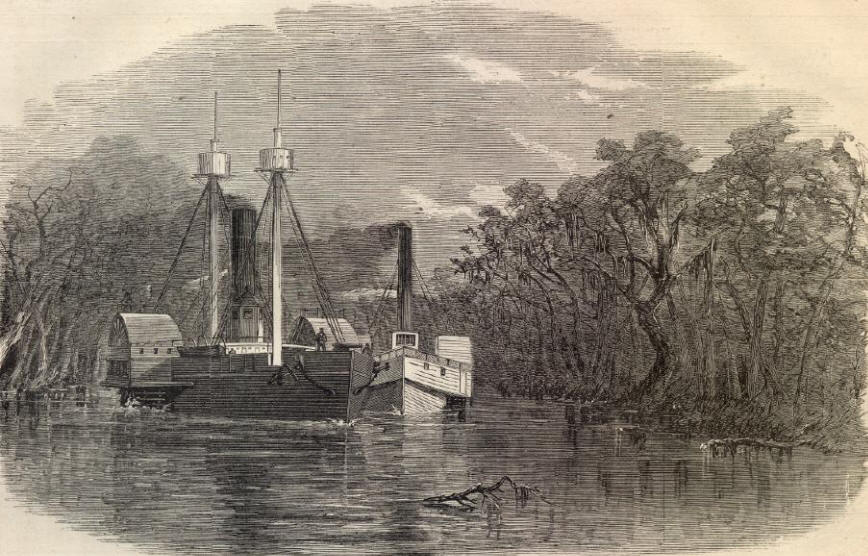 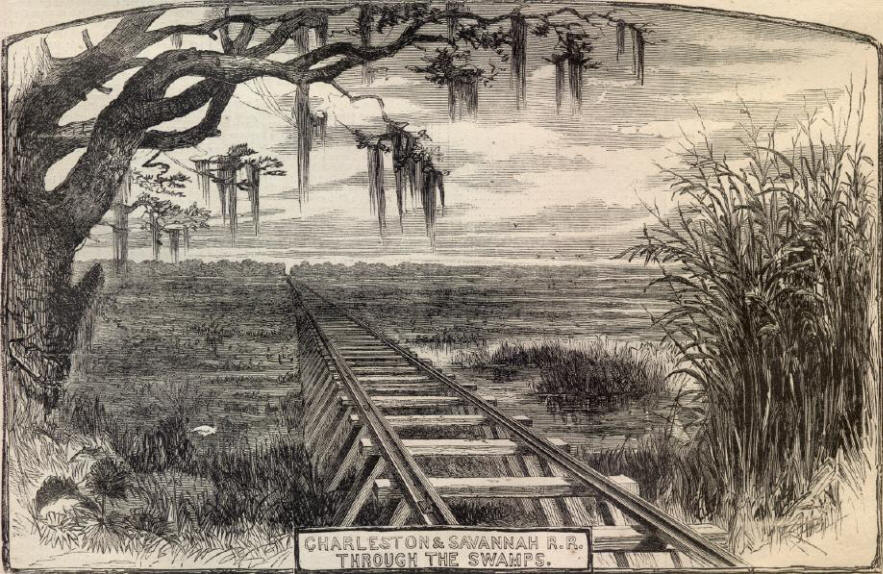 |
||||||||||||||||||||||||
|
|
||
|
|
Site Copyright 2003-2018 Son of the South. For Questions or comments about this collection, contact paul@sonofthesouth.net |
|
|
Are you Scared and Confused? Read My Snake Story, a story of hope and encouragement, to help you face your fears. |
||
